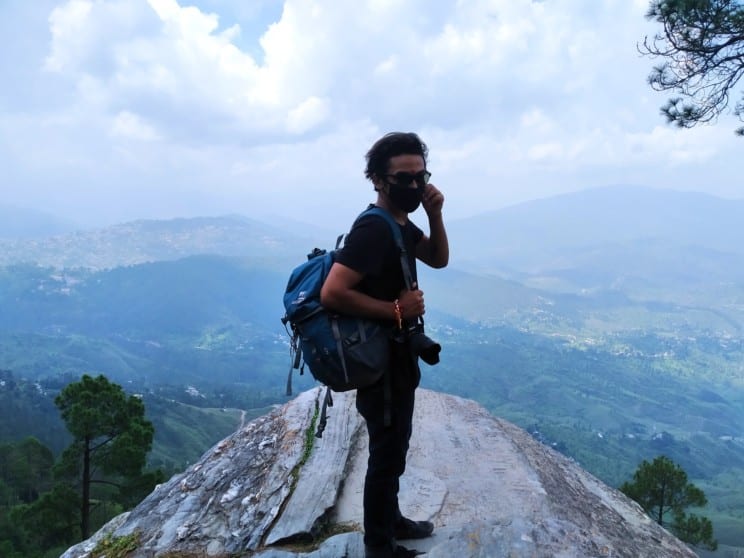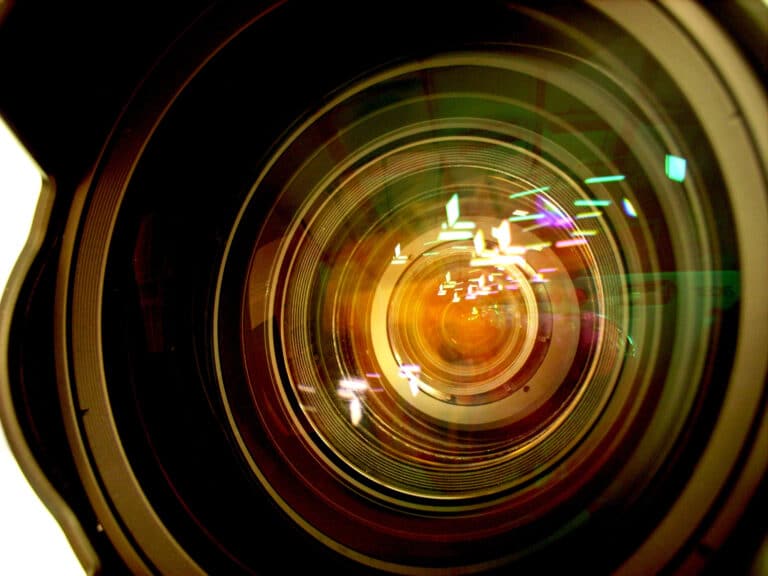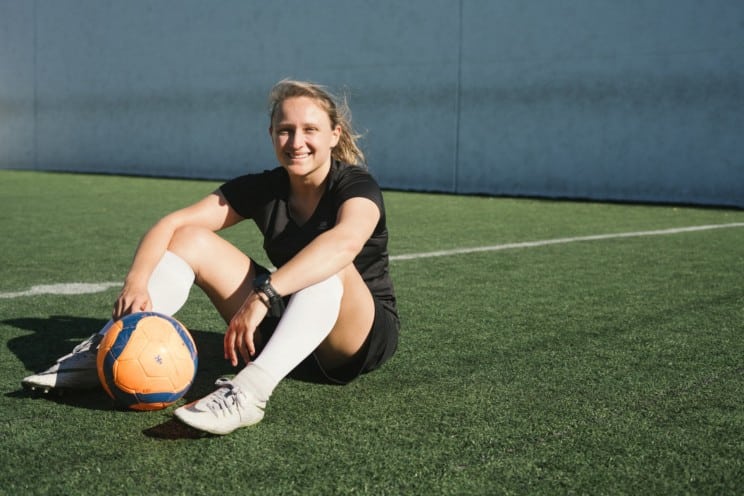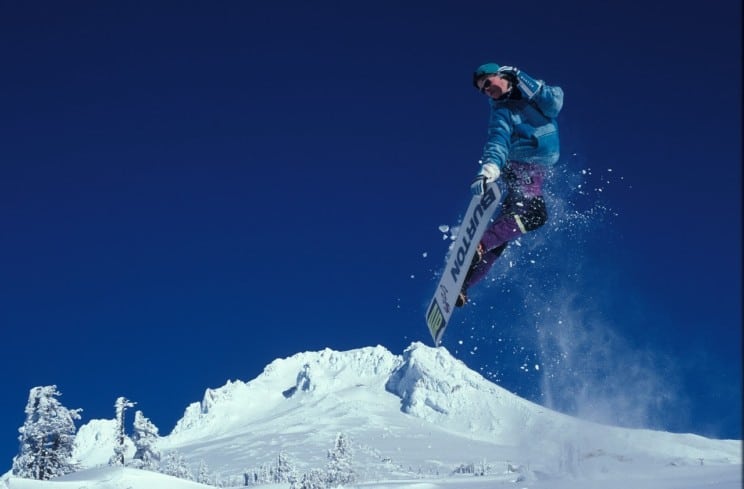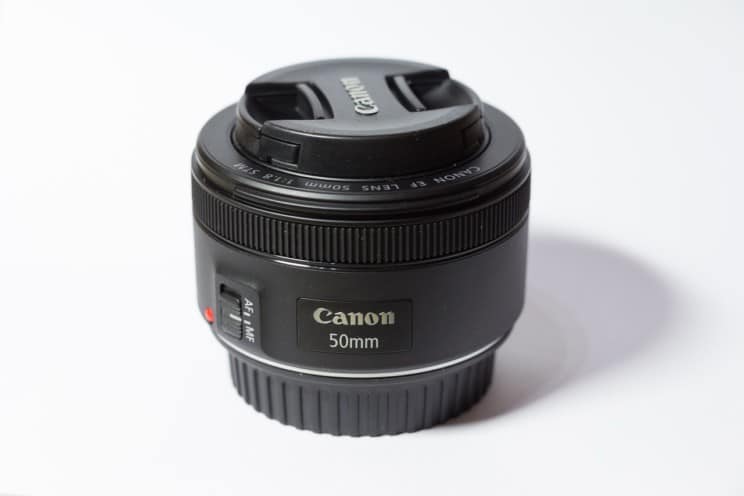The Best Sony Lenses for Pet Photography
Although a Sony camera can make pet photography fun and enjoyable, choosing the best lens to use is always challenging.
Here are some of the best Sony lenses for pet photography.
Which is the Best Sony Lens for Pet Photography?
The best Sony lenses for pet photography are versatile and can shoot different pets, including feathered critters, cats, and dogs.
This review will help you identify the best Sony lens for pet photography.
Sony 70-300mm f/4.5-5.6 G OSS Lens
If you are looking for a lens that will allow you to monitor your pet’s movement, then the Sony 70-300mm f/4.5-5.6 is a good option.
It features a wide zoom range that will allow you to zoom in and out as your pet moves.
The optical design has two extra-low dispersion glass elements and four aspherical elements.
These elements help suppress chromatic aberrations and distortions throughout the zoom range, enhancing color accuracy and image clarity.
The Nano AR coating applied to this lens allows you to take photos of your pet in backlit conditions with minimal ghosting and flare.
Considering that the pet’s movement is unexpected, you might not have the time to set up a tripod.
Fortunately, this lens features the optical steady shot image stabilization functionality, allowing you to shoot steady images even when shooting handheld at longer focal lengths.
It also features a linear actuator autofocus mechanism which enhances the image sharpness by improving the focusing performance.
The focus hold button and focus range limiter functionality in this lens also helps to improve the overall focusing performance.
However, the aperture in this lens is unsuitable for shooting pets in low-lit conditions.
Pros
- The extensive zoom range makes it versatile.
- The image stabilization feature reduces the camera shake effect.
- The focus hold button improves the focusing performance.
Cons
- It’s not suitable for use in low-light conditions
Sony 70-200mm f/4 G OSS
The Sony 70-200mm f/4 G OSS is one of the most versatile zoom lenses that will allow you to shoot your pet from a far distance and then zoom in as it comes closer.
The optical design includes three aspherical elements and three extra-low dispersion elements that help to combat chromatic and spherical aberrations and distortions.
If you are in a brightly-lit room and want to shoot your pet’s movements, you don’t have to worry when using this lens.
It comes with a Nano AR coating that helps suppress ghosting and flare when shooting under harsh lighting conditions.
The dual linear motor mechanism makes the autofocus performance fast, and you’ll be able to capture your fast pet movements without blurring.
Additionally, the Sony 70-200mm f/4 G OSS features an internal focus design that ensures the barrel’s overall length doesn’t change when focusing.
With this design, you cannot scare away camera-sensitive pets while focusing.
When it comes to physical construction, this lens design is moisture and dust-resistant, which allows you to shoot your pets indoors and outdoors without worries about weather conditions.
Like the Sony 70-300mm f/4.5-5.6, the aperture is not ideal for shooting in low light conditions.
Pros
- This lens has minimal chromatic aberrations and distortions
- The rugged design makes it suitable for use in both indoor and outdoor conditions
Cons
- The f/4 aperture is not great when shooting in poorly lit interiors
Sony 100-400mm f/4.5-5.6 GM OSS
The Sony 100-400mm f/4.5-5.6 GM OSS has one of the best zoom ranges, making it ideal for capturing camera-sensitive pets from afar.
Considering that it’s a member of the Sony G Series, it has an outstanding design that enhances image sharpness and resolution.
It features two ED and one super ED element, which helps to suppress chromatic and spherical aberrations and distortions.
Keeping in mind that the pet can make unexpected movements that you might want to capture, you may not have the time to set up a tripod.
With this lens, you can capture handheld with minimal camera shake effect even when shooting at longer focal lengths, thanks to the optical steady shot image stabilization functionality.
Additionally, the Direct Drive SSM autofocusing functionality will allow you to smoothly capture your fast pet movements.
The focus holds controls, and the focus range limiter helps prevent focus hunting.
Keeping in mind that you may want to take photos or videos of your pets indoors or outdoors, you will need a lens with a rugged design.
Fortunately, this lens comes with weather and dust sealing which allows you to shoot indoors and outdoors regardless of the weather conditions.
However, the 3.08 pounds weight might make your wrist hurt if shooting for an extended time.
Pros
- You can shoot with the lens handheld with minimal camera shake effect
- The focus range limiter helps to reduce the focus hunting
- The moisture and dust-resistant design makes this lens ideal for use in extreme weather conditions
Cons
- The weight might make your wrist hurt if shooting for an extended time
Sony 16-35mm f/2.8 Wide-Angle Zoom Lens
The Sony 16-35mm f/2.8 is a flexible wide-angle zoom lens that can shoot sharp images throughout the zoom range.
The bright aperture of f/2.8 makes it the best option if you shoot your pet indoors where the ambient light is insufficient.
It comes with two XA elements and two extra-low dispersion elements, which help to combat chromatic aberration and distortions for enhanced image clarity.
It also includes three aspherical elements, which help to minimize the spherical aberrations for enhanced image sharpness.
If you are shooting your pet in backlit conditions, the Nano AR coating in this lens helps prevent ghosting and flare.
With a weight of 1.5 pounds only, you can carry it around and shoot for a prolonged time without feeling exhausted.
The Sony 16-35mm f/2.8 features an 11-blade aperture diaphragm, which helps realize a fine and smooth bokeh quality, especially selective focus techniques.
Although it performs exceptionally well in low light, its zooming capability cannot match the Sony 100-400mm f/4.5-5.6.
Pros
- Then Nano AR coating in this lens helps to reduce the flare and ghosting when shooting in backlit conditions.
- It produces a smooth and pleasing bokeh quality, especially through selective focus techniques.
- It performs exceptionally well in low-light backgrounds.
Cons
- Although it is a zoom lens, it cannot zoom far away subjects like the Sony 100-400mm f/4.5-5.6.
Sony 24-240mm f/3.5-6.3 OSS
The Sony 24-240mm f/3.5-6.3 OSS is one of the lenses that come with everything you will need in pet photography, from telephoto to wide-angle capabilities.
The f/3.5-6.3 variable aperture helps to keep the lens weight and size minimal, making it suitable for an extended shooting time.
This lens enhances the image clarity and sharpness using five aspherical elements and one extra-low dispersion element to suppress chromatic and spherical aberrations.
When focusing on a moving pet, you will love the linear autofocus motor in this lens, which enhances reliable, accurate, and fast focusing performance.
The internal focus design ensures the overall length of the barrel doesn’t change when focusing, so you can’t scare away a camera-sensitive pet.
However, the bokeh quality produced by the seven-blade aperture diaphragm is not impressive.
The Sony 24-240mm f/3.5-6.3 OSS comes with a rugged design, allowing you to shoot pets indoors and outdoors without minding the weather conditions.
Additionally, the control rings are rubberized to enhance handling during cold weather.
Pros
- The linear autofocus motor enhances accurate, fast, and reliable focusing performance.
- The lightweight and minimalistic design makes it suitable for everyday, all-day use.
- The rubberized control rings enhance handling, especially in cold weather.
Cons
- The aperture in this lens might not perform well in low-light situations
Final Thoughts
The quality of the lens you equip your Sony camera with significantly determines the quality of the pet image you can capture.
The features in the above lenses are great for pet photography, and any option will suit you.

